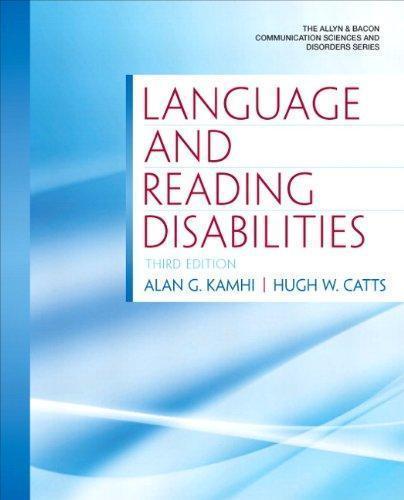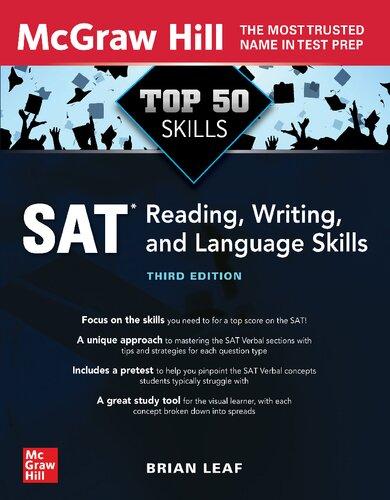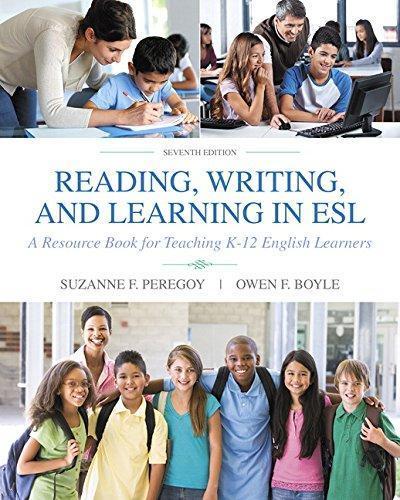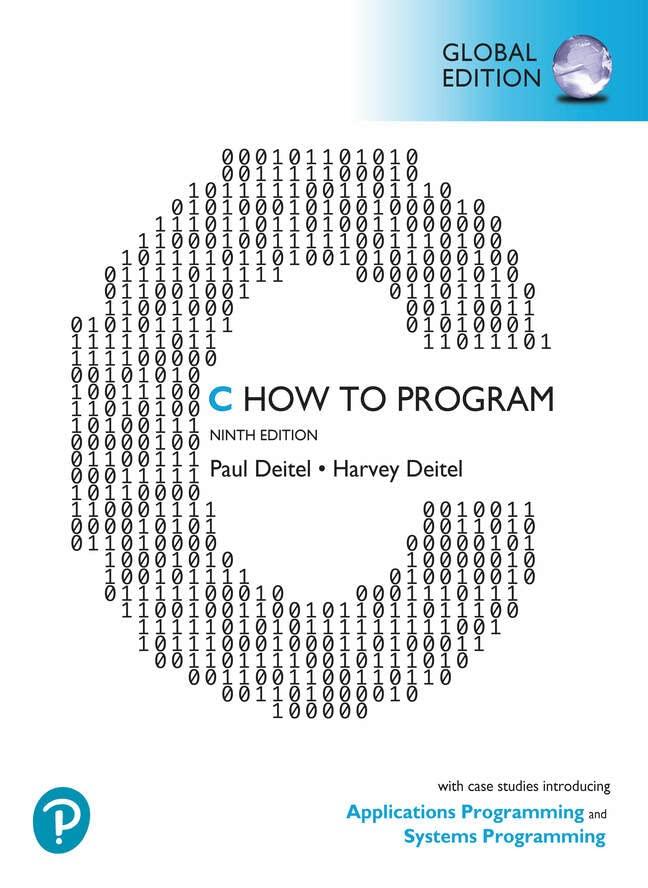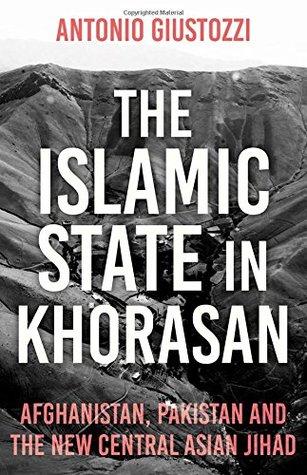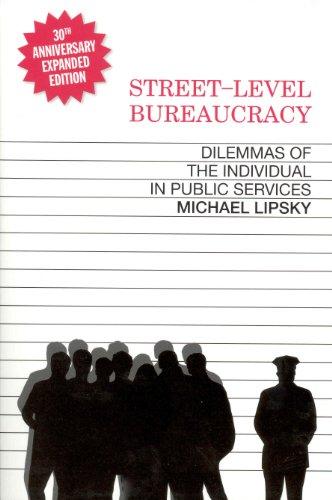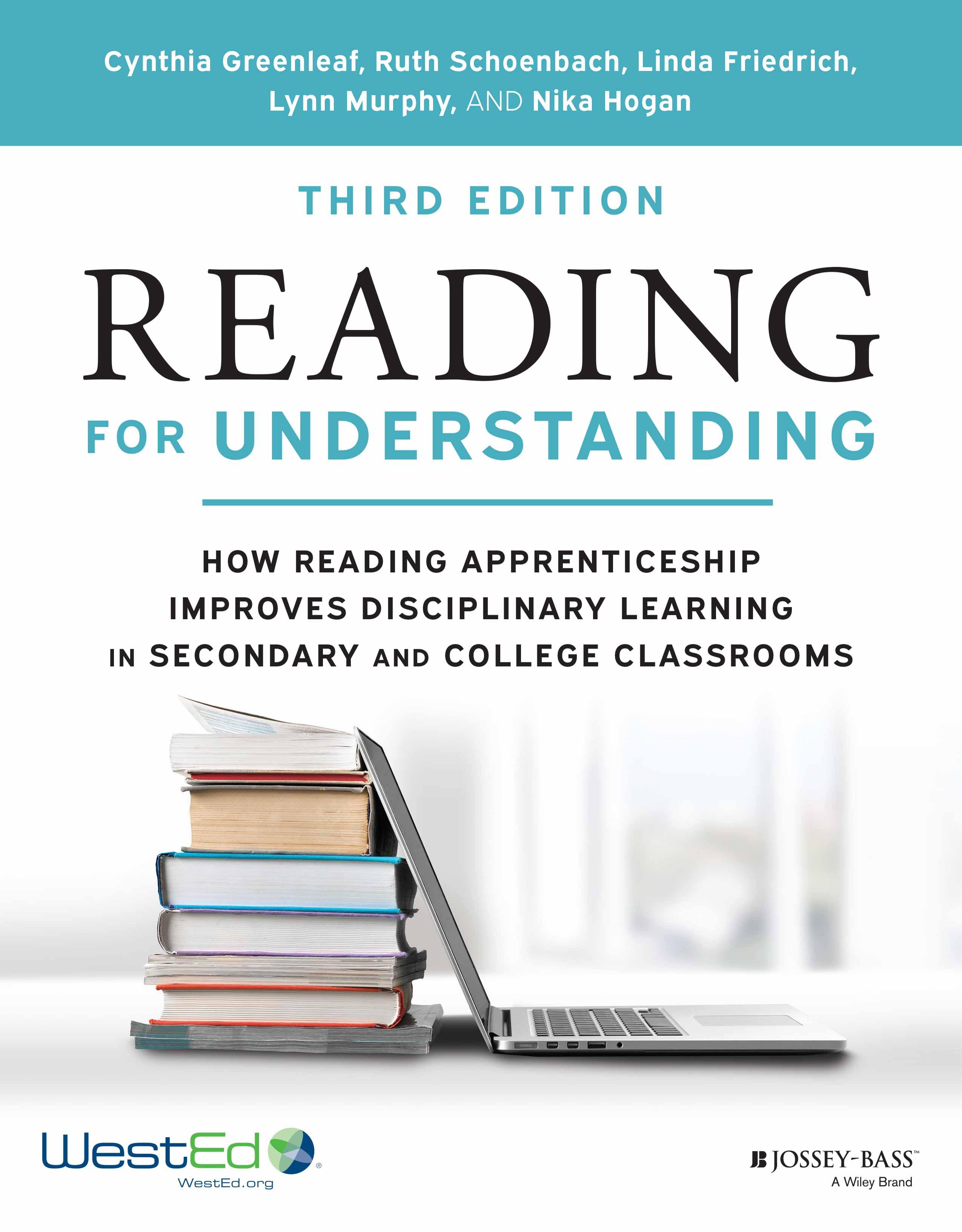Reading for Understanding
How Reading Apprenticeship Improves Disciplinary Learning in Secondary and College Classrooms
Cynthia Greenleaf
Ruth Schoenbach
Linda Friedrich
Lynn Murphy
Nika Hogan
To Christine Cziko, who made enduring contributions to this book, to the design of the Reading Apprenticeship Academic Literacy course, and to our work with teachers. Christine’s classroom experience, insight, brilliance, and humor continue to light the way for others to follow.
Foreword
READERS SEEKING a balanced appraisal of this book—one that offers kudos for what’s worthy and a wish list that details what falls short of the mark—can skip this Foreword. I’m an unapologetic advocate for Reading Apprenticeship and have been for almost 30 years. Thus, I will do nothing but heap lavish praise on this remarkable accomplishment and the people (some of whom are the authors) who brought it to life. Let me tell you what’s in store as you turn the pages that will open the door to a remarkable journey.
So, what’s to like about this book? A lot!
First, it was written by a cast of thousands! There are five authors, and Cyndy, Ruth, Linda, Lynn, and Nika have done a masterful job of weaving together the diverse experiences—and stories—of all the players in the Reading Apprenticeship network: scores of professional developers, hundreds of district and local school leaders, thousands of teachers in history, science, literature, and math classrooms, and most important, the tens, even hundreds, of thousands of students whose academic lives have been enriched and enhanced by being a part of Reading Apprenticeship.
The authors freely and joyously admit that they rely on all the other players. They orchestrate the words and stories of the participants to tell the full tale of Reading Apprenticeship. It all starts with the big ideas from reading theory and research—that’s the cornerstone of the book. As the book unfolds, we learn, up close and personal, how those big ideas emerge in daily lives in Reading Apprenticeship: professional development workshops, classroom routines for engaging students in close reading and text inquiry, and the range of responses students offer. It’s hard to find a stretch of more than a couple of pages in which you don’t encounter the voices of this multilayered cast of authors. It’s commonplace in today’s literacy world to talk about multimodal texts, but this is one of the few I would call a truly multivocal text.
Second, the book champions synergies among key components of reading development. Reading Apprenticeship is all about helping teachers help students
gain control over the important dimensions of classroom life. The four key dimensions in Reading Apprenticeship are social, personal, cognitive, and knowledge-building. Those dimensions are enacted in a context of deep and wide reading of challenging texts, and they are linked together by what the authors call a metacognitive conversation—a phenomenon in which students talk to themselves and one another about the thinking they do as they read, write, think, and talk. It’s that metacognitive conversation that allows students to gain mastery over the process of making meaning as they navigate texts.
What makes the Reading Apprenticeship perspective synergistic is that the authors view these dimensions (and the metacognitive conversation that holds them together) not as independent, isolated activities, but as inter-related and interactive, constantly shaping one another. Thus, in the personal dimension description, we find students collaborating (social) on a task in which they are thinking about (the metacognitive) how they can use what they know to learn what’s new (knowledge-building). In every chapter in the book, no matter the focal dimension, the other dimensions find a voice. My metaphor for fathoming reading development is the diamond: we can examine each facet separately, and when we move from one to another, we might notice different sheens or markings. The diamond hasn’t changed, only our view of it. So it is with Reading Apprenticeship: each dimension relies on and supports the others. In the end, it’s these synergies that enable students to imagine themselves as agentive readers who can link together ideas and actions to bring text under the umbrella of their personal worlds.
Third, research, in all its faces, permeates the book. Research in Reading Apprenticeship is regarded as a set of ethical practices that a community undertakes to improve the lives of everyone. Teachers are consulted at every turn as they participate in shaping the practices and the questions that drive the search for improvement. Students, too, have voice in shaping the instructional ecologies of their classrooms. How and where does research surface in the book and the Reading Apprenticeship framework?
• The framework is well grounded in theory and research about the nature of reading and learning. The work derives from a strong sociocultural theoretical base and the cognitive, social, and critical research that defines best practice for acquiring knowledge and inquiry skills in the disciplines.
• The Reading Apprenticeship community is committed to evaluating the efficacy of its approach using all the tools available to educational researchers. It deftly employs mixed methods involving:
▪ Early design-based forays with classroom teacher partners to ensure relevant practices and materials.
▪ Close ethnographic analysis to determine what is really going on in classrooms as practices are carried out.
▪ Discourse analysis to examine how students take up and make sense of practices.
▪ Psychometric study of relevant assessments to ensure reliability, validity, and relevance.
▪ Quantitative analyses of outcomes and how those outcomes vary by characteristics of individual learners (who is doing the learning) and contexts (what, where, and when are they learning).
• The Reading Apprenticeship framework encourages inquiry as an enduring value at every level of participation in the network. District and school leaders, professional development providers, teachers, and students are all involved in asking and answering tough questions about the “work” they do within the learning community. Even the reading of a text is regarded as a research-based inquiry—one in which the claims that are made about what a text means are viewed as baseless without accompanying evidence and warrants for how the evidence links to the claims.
Fourth, the authors take a long and realistic, but nonetheless ambitious, view of reading development. Teachers who embrace Reading Apprenticeship refuse to do the reading for the students. Instead, they invite them to be a part of the inquiry process, help them understand that reading can be confusing for all of us, including expert adult readers, and most importantly, help them discover, through metacognitive conversations (with themselves and their friends), that they can cope with challenging, even confusing texts. They can even exploit their own confusions (“confusion can be our friend”) to guide inquiries that allow them to construct meanings for the texts of schooling and everyday life. Reading Apprenticeship practices unfold in different disciplines and in classrooms serving widely varying learners to support disciplinary and rigorous inquiry-driven literacy for all students—with an ambitious and relentless focus on equity.
Coda. An important piece of evidence documenting the authors’ long view is that this is the third edition of Reading for Understanding. They know what we all must learn—that you don’t always get everything right on the first try. They also know that even if you did get it right the first time, contexts change enough over time that even an enduring practice may not fit well into a new and different setting.
At the outset, I admitted that I am something of a Reading Apprenticeship groupie. It’s true! Moreover, I was also asked to write a Foreword for both the
Preface
When you read, there should be a little voice in your head like a storyteller is saying it. And if there’s not, then you’re just looking at the words.
LaKeisha, 9th-grade student
LAKEISHA’S classmates, gathered in a back room of the school library, compete to add their assessments of this new approach to reading that LaKeisha is describing. They are students of the first teachers ever to use Reading Apprenticeship, and they boisterously agree that they are reading in new ways. Jason describes how his reading of the history textbook has changed:
I understand the book more now. Because I read differently. Like when you’re reading, if it doesn’t make sense, you can try to restate it in your own words, or you can make questions so you can understand it better. Now I read in between the lines. I basically get into the heart of it—like reading deeper into what it is saying.
Students also agree that they are reading more. Michael couches his comments as a mock complaint about his Reading Apprenticeship teacher:
Man, she’s tryin’ to be sneaky! She wants you to pick a book that you are interested in so you will read it more. She makes you find a book that you like so that you have to read it. Because you like it.
We began this work with students’ voices at the center, inviting them to tell us about their reading. When they began to realize that reading should make sense, that they were entitled to understand what they read, and that there were many things they could do—individually and in the company of others—to deepen their comprehension and begin to build and use knowledge, they made rapid—and in many ways life-changing—progress.
In the first edition of this book, we described piloting the Reading Apprenticeship framework as it was embodied in the new Academic Literacy course required of LaKeisha, Jason, Michael, and their fellow 9th-grade students at San Francisco’s Thurgood Marshall Academic High School. By the end
of the 1996–1997 year, reading scores for those 200 students had jumped more than two grade levels on a nationally normed reading test. Student gains were consistent across ethnic groups and across the classrooms of the four teachers who taught the course. During the next school year, students held on to what they had learned: their reading achievement continued to grow at an accelerated rate, as measured by a standardized reading test.
Over the 25-plus years since it was piloted with LaKeisha and her peers, Reading Apprenticeship has benefited the students of over 150,000 U.S. middle school, high school, and college educators who have read Reading for Understanding, participated in Reading Apprenticeship professional development, used Reading Apprenticeship approaches in their courses, and brought Reading Apprenticeship approaches to their colleagues. During this same period, educators in Canada, Europe, New Zealand, Asia, and Africa have pored over and translated Reading Apprenticeship methods and messages into their settings and languages.
Reading Apprenticeship has also been the focus of much research (see Chapter One) and the recipient of multiple large-scale dissemination grants supported by the U.S. Department of Education and many educationally oriented philanthropic foundations. Several randomized controlled studies have found statistically significant benefits for students in Reading Apprenticeship classrooms. These gains have included improved attendance, course completion, and attitudes and confidence about reading, as well as higher achievement on reading comprehension and subject-matter standardized tests—all compared to students in control groups. These studies have demonstrated that skillful implementation of Reading Apprenticeship produces benefits for students in changed approaches to complex reading, in reading engagement, and in academic identity and achievement.
The impact of Reading Apprenticeship in college settings is also promising. Multiple studies have documented classroom instruction that markedly increases students’ confidence and engagement in learning. In classrooms where achievement and persistence data have been collected, increased student grades, rates of course completion, and retention in school are typical.
Since the first edition of this book, we have published several related volumes and, in response to requests from the field, several new curricula. In 2012, we updated the first edition, tapping a great well of inspiration from middle and high school and college teachers who had adapted their teaching to implement, and inform, the framework. That second edition offered guidance from middle school, high school and college classrooms, showing Reading Apprenticeship implementation across the academic subject areas and disciplines. It illustrated
how, in the hands of educators at all levels and in different settings, Reading Apprenticeship approaches can serve learners who bring richly diverse cultural and linguistic assets and varied instructional needs to the classroom.
As a framework that offers teachers a coherent yet adaptable approach to literacy learning, Reading Apprenticeship has been an important force in the fields of adolescent and disciplinary literacy in middle and high schools and in college. Students’ voices and a vision of engaged academic literacy for all have been touchstones for our work all along the way.
Why We Wrote a Third Edition
Reading Apprenticeship is as timely and important today as it ever has been.
In this third edition of Reading for Understanding, the core principles that drive Reading Apprenticeship remain solidly in place. Indeed, in some important ways the field has only recently caught up with the vision that has animated Reading Apprenticeship from the start, as evident in the field’s new focus on the socioemotional foundations of learning engagement, new research on disciplinary literacies, and a greater recognition of the social and cultural influences shaping learning. A new generation of research on reading comprehension has generated a richer knowledge base that only underscores the importance of the approaches to literacy learning at the heart of Reading Apprenticeship.
Studies conducted across the grade levels and academic disciplines, with funding from the Institute of Education Science’s Reading for Understanding Initiative, have highlighted the positive role that social collaboration, language development, and metacognition play in literacy learning and achievement. As participants in this research initiative, Reading Apprenticeship researchers and teachers helped demonstrate how reading with a focus on disciplinary inquiry supports the growth of both disciplinary knowledge and literacy skills and dispositions. Studies have continued to uncover important distinctions in the kinds of reasoning and argumentation, texts and representations of ideas, and inquiry purposes that drive work in and across the disciplines, distinctions that have important implications for literacy teaching and learning, as the framework has long recognized. A new generation of interdisciplinary scholarship has also sharpened understandings of the social and cultural foundations of learning and development and the integral role these contexts play for all learners. Socioemotional dispositions are now understood to be malleable, with new research showing how educators can increase students’ engagement and self-efficacy—and thereby their academic achievement. From its inception, Reading Apprenticeship has embraced these sociocultural and socioemotional
Boxes and Classroom Close-ups providing practical classroom tools and additional illustrations of what Reading Apprenticeship looks like in the classroom; an extended description of Sustained Silent Reading Plus, drawn from the second edition; and assessment resources that illustrate how to measure student learning.
Notes
1. “The designation indicates that a program promotes students’ social and emotional competence in a SELect category, provides opportunities for practice, and offers multi-year programming; and delivers high quality training and other implementation supports. Student outcomes that fall into the SELect category are improved positive social behavior, reduced problem behavior, reduced emotional distress, improved student-reported identity/agency, improved school connectedness,* and improved school climate.*
“*If the evaluation involved adolescents (i.e., students enrolled in middle or high school), then outcomes must be student-reported to qualify for SELect designation.” Collaborative for Academic, Social, and Emotional Learning. (nd). Connect Your Criteria: Understand the SEL Program Designations, https://pg.casel.org/connect-your-criteria/#sel.
2. Evidence for ESSA (n.d.), Reading Apprenticeship, https://www.evidenceforessa.org /programs/reading/reading-apprenticeship. The Evidence for ESSA website was developed and is maintained by researchers at Johns Hopkins University. The website defines strong evidence as “at least one well-designed and well-implemented experimental (i.e., randomized) study” that has shown “a statistically significant effect on improving student outcomes or other relevant outcomes.”
Gary Estes, Glen Harvey, Paul Hood, Judy Shulman, and Aída Walqui have kept us on our toes in the very best way. We are fortunate to have had such colleagues. Finally, we want to offer personal thanks to our loved ones—to Peg Griffin, whose spirit and mentorship permeates Reading Apprenticeship; and to Paul King, Lynn Eden, Gail Stein, Peter Schwartz, and Kim Costino, who have tolerated our devotion to this work with love and grace.
Contributing Teachers and Administrators
(Individuals’ listed titles and schools are as they requested to be listed, with some from the time these educators were doing the Reading Apprenticeship work for which they are cited in this book.)
Joel K. Abraham: Professor of Biological Science and Director of Catalyst Center California State University, Fullerton, CA
Anne Agard: Instructor of English as a Second Language, Laney College, Oakland, CA
Carolyn Aguirre: Teacher of Grade 8 Science and STEM, Cesar Chavez Middle School, Union City, CA
Ann Akey: Teacher of Science, Woodside High School, Woodside, CA
Muthulakshimi Bhavani Balavenkatesan: Director of Inclusion Factor and Adjunct Faculty/Director of TRiO Student Support Services, Susquehanna University, Selinsgrove, PA
Luke Boyd: Teacher of Grade 9 English, Louis Dieruff High School, Allentown, PA
Alec Brown: Teacher of Grade 9 World Literature and Reading Apprenticeship, ASPIRA Early College, Chicago, IL
Linda Brown: Reading Specialist, Howard County Public Schools, Howard County, MD
Will Brown: STEM Specialist, Envision Schools, Oakland, CA
Yu- Chung Chang-Hou: Professor of Mathematics, Pasadena City College, Pasadena, CA
Angela Church: Secondary Instructional Coach and Teacher of Social Studies, Berkley High School, Berkley, MI
Lennex Cowan: PhD Student and Researcher of African and African Diaspora Studies, University of Texas at Austin, Austin, TX
Janet Creech: Teacher of Science, Woodside High School, Woodside, CA
Gayle Cribb: Teacher of History and Spanish, Dixon High School, Dixon, CA
Christine Cziko: Coauthor of the first edition of Reading for Understanding. Teacher of English and Academic Literacy, Thurgood Marshall Academic High School, San Francisco, CA
Keren Dawson-Bowman: Teacher of English and AVID, Los Altos High School, Los Altos, CA
Charla Dean: Teacher of Academic Literacy, Ben Lomond High School, Ogden, UT
Lynn Dillon: Teacher of ELA (English Language Arts), Bohannon Middle School, San Lorenzo, CA
Kristen Donahue: Teacher of Mathematics/ Science, Environmental Charter Middle School, Inglewood, CA
Jill Eisner: Reading Specialist, Centennial High School, Ellicott City, MD
Jordona Elderts: Teacher of Social Studies, John Muir Middle School, San Leandro, CA
Laurie Erby: Teacher of Grade 7 Social Studies, Saline Middle School, Saline, MI
Jennifer Escobar: Associate Professor of English, Moreno Valley College, Moreno Valley, CA
Deborah Evans- Claytor: Literacy Coordinator/Middle School Lead Teacher, Chicago, IL
Christian Fayak: Teacher of Environmental Science, Dearborn Schools, Dearborn, MI
Monica Figueroa: Teacher of Social Studies, Oak Grove Middle School, Concord, CA
JoAnn Filer: Teacher of English, Gloucester Township Campus, Camden County Technical Schools, Sicklerville, NJ
Laura M. Garofoli: Professor of Psychological Science and First-Year Experience Seminar Coordinator, Fitchburg State University, Fitchburg, MA
Janet Ghio: Teacher of English and Academic Literacy, Lincoln High School, Stockton, CA
Desiree Goetting: Associate Professor of Biology, College of the Canyons, Santa Clarita, CA
Laura Graff: Professor of Mathematics and Sociology, College of the Desert, Palm Desert, CA
Lisa Krebs: Teacher of English, Dixon High School, Dixon, CA
Deborah Leser: Principal, George Washington Community High School, Indianapolis, IN
Michele Lesmeister: Adult Basic Education/GED Instructor, Renton Technical College, Renton, WA
Ryne Leuzinger: Associate Librarian, Cal State Monterey Bay, Monterey, CA
Anthony Linebaugh: Teacher of English and Academic Literacy, Ninth Grade Academy, John McCandless High School, Stockton, CA
William Loyd: Literacy Coordinator, Washtenaw Intermediate School District (WISD), Ann Arbor, MI
Crystal Maglio: Instructional Coach
Diana Mansour: Resource Teacher, Fordson High School, Dearborn, MI
Carla Maroudas: Assistant Professor of English, Mt. San Jacinto College, Menifee, CA
Theresa Martin: Professor of Biology, College of San Mateo, San Mateo, CA
Walter Masuda: Professor of English, Contra Costa College, San Pablo, CA
Missie Meeks: Instructor of English and Basic Skills, Jones County Junior College, Ellisville, MS
Wendy Metzger: Professor of Mathematics, Palomar College, San Marcos, CA
Pam Moore: Teacher of Science, New Haven Unified School District, Union City, CA
Lisa Morehouse: Teacher of English, Balboa High School, San Francisco, CA
Holly Morris: Professor of Biology, Lehigh Carbon Community College, Schnecksville, PA
Pam Myette: Teacher of Special Education Services, Oakland Mills High School, Columbia, MD
Abigail Noche: Instructional Coach and Teacher of AP Biology, Human Anatomy and Physiology, and Biology, James Logan High School, Union City, CA
Charlotte North: Teacher of English, Portsmouth High School, Portsmouth, RI
Nicci Nunes: Teacher of Physics and Chemistry, Thurgood Marshall Academic High School, San Francisco, CA
April Oliver: Teacher of AP Literature and Composition, World Literature, and Dance, Los Altos High School, Mountain View, CA
Chris Paulis: Coordinator of Secondary Language Arts, Howard County Public School System, Howard County, MD
Caro Pemberton: Teacher of Humanities, Oceana High School, Pacifica, CA
Allie Pitts: Teacher of Social Science, Hillsdale High School, San Mateo, CA
Julie Price Daly: Reading and Writing Teacher, Roosevelt Middle School, River Forest, IL
Lisa Rizzo: Teacher of Language Arts, Ben Franklin Intermediate School, Colma, CA
Keren Robertson: Teacher of English, Los Altos High School, Los Altos, CA
Shelagh Rose: Professor of English and Languages, Pasadena City College, Pasadena, CA
Alicia Ross: Teacher of Social Studies, Blue Ridge High School, New Milford, PA
Adina Rubenstein: Instructor of Science, Berkley High School, Center for Advanced Studies and the Arts, Oak Park, MI
Cindy Ryan: Retired Reading Specialist, Dreher High School, Columbia, SC
Teresa Ryan: Teacher of Mathematics, Vintage High School, Napa, CA
Trish Schade: Professor of English, Northern Essex Community College, MA
Ericka Senegar-Mitchell: ROSA Education and Outreach Program, University of California, San Diego, CA
Lauren Servais: Dean of Arts and Humanities, College of Marin, Novato, CA
Erica Seubert: Course Coordinator for Introduction to Microbiology and Assistant Professor of Biological and Environmental Sciences, College of the Canyons, Santa Clarita, CA
Patti Smith: Instructor of English and QEP Director, Jones County Junior College, Ellisville, MS
Stacy Stambaugh: Teacher of Academic Literacy, South High School, Omaha, NE
Michelle Stone: Instructional Leadership Coach, Hayward Unified School District, Hayward, CA
Sarah Sullivan: Professor of English and Reading, Mission College, Santa Clara, CA
